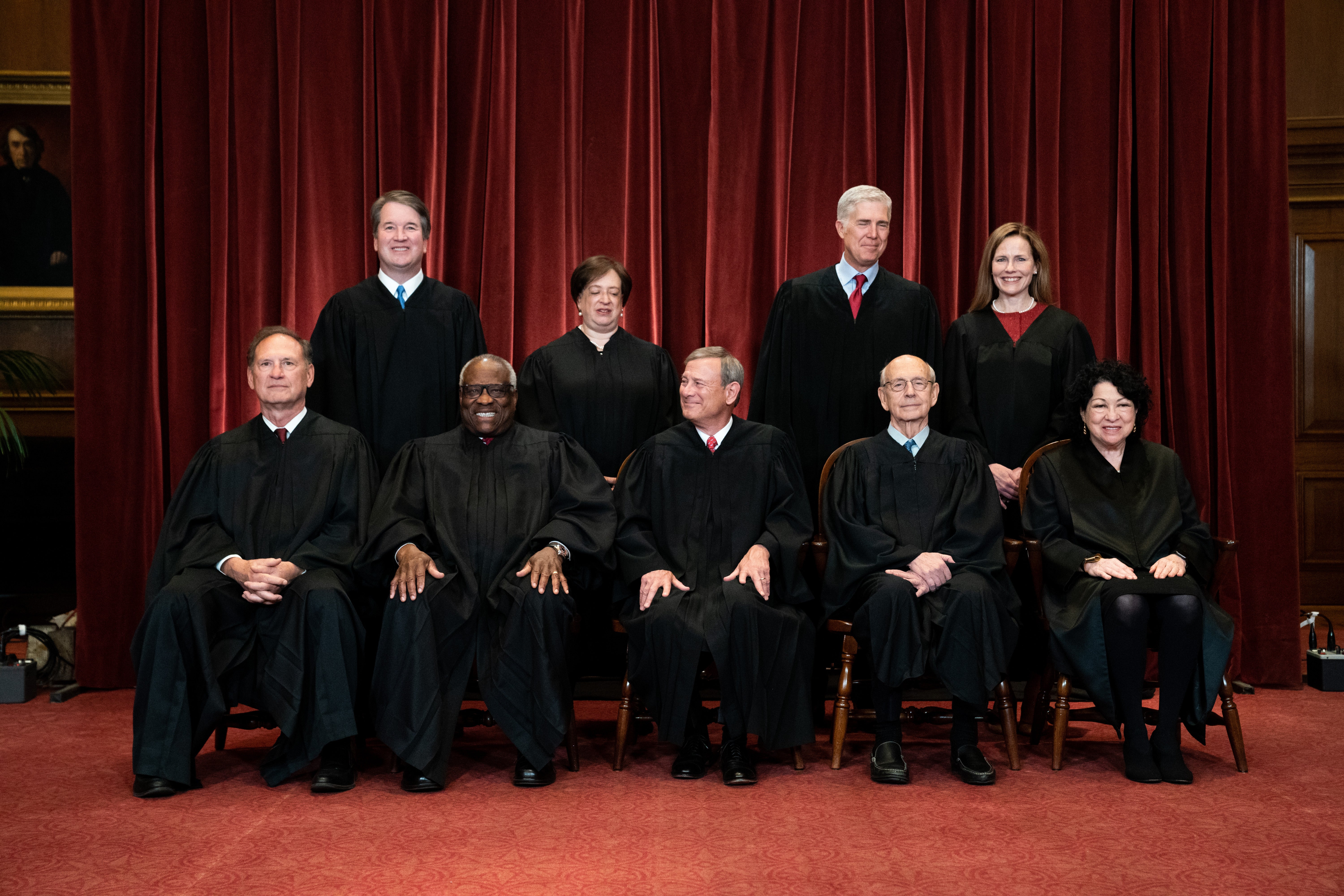

Whatever doubts existed in 1973 about the humanity of the fetus (and embryo) or its being "alive" from the moment of conception have been put to rest. The same goes for fetal surgeries performed in the second trimester, in which the fetus is removed from the uterus, anesthetized and operated on, and then returned to finish growing inside her mother. Anything less would be considered barbaric. A baby born at 21 or 22 weeks receives anesthesia routinely during any intervention. In fact, physicians routinely protect their youngest patients-fetal and premature-from pain. A growing body of scientific evidence indicates that a fully developed cortex is not necessary for the transmission of pain sensations, which may be present as early as 12 weeks. She claimed that only an eccentric "small fringe" believes fetal pain exists "before 24, 25 weeks." She could not have been more wrong. Sotomayor vigorously rejected Stewart's reference to advances in our understanding of fetal pain. The justices weigh whether to uphold a Mississippi law that bans abortion after 15 weeks and overrule the 1973 Roe v. It's there for anyone with eyes-or the will-to see.Ībortion rights advocates and anti-abortion protesters demonstrate in front of the US Supreme Court in Washington, DC, on December 1, 2021. Stewart was referring to, in language easily accessible to lay people and rigorously sourced in the latest scientific journals and currently accepted medical practices. Our brief and others document the medical and scientific advances Mr. In a piqued, incredulous tone, Sotomayor demanded to know just "What are the advancements in medicine?" As Stewart began to list them, mentioning new knowledge of fetal pain, the Justice abruptly cut him off. He said this was due-in part-to 30 years of medical advances. The exchange came right after Mississippi's solicitor general Scott Stewart argued it was no longer appropriate to use fetal viability (the gestational age at which a prematurely-born infant can survive in an intensive care unit) as the point after which states can protect an unborn child from elective abortion. I joined two other female physicians (a neonatologist and an obstetrician) in an amicus brief detailing advances in fetal science that have happened since 1973.ĭuring oral arguments, Justice Sotomayor displayed abysmal ignorance of the most basic scientific and medical facts about developing human life. Wade and 1992 decision in Planned Parenthood v. The Court is being asked to overturn the 1973 decision in Roe v. Jackson Women's Health Organization, which addresses Mississippi's limit on abortion after 15 weeks. I ask because the cases don't come any bigger than Dobbs v. Does Justice Sonia Sotomayor even read the briefs in cases before the Supreme Court?


 0 kommentar(er)
0 kommentar(er)
